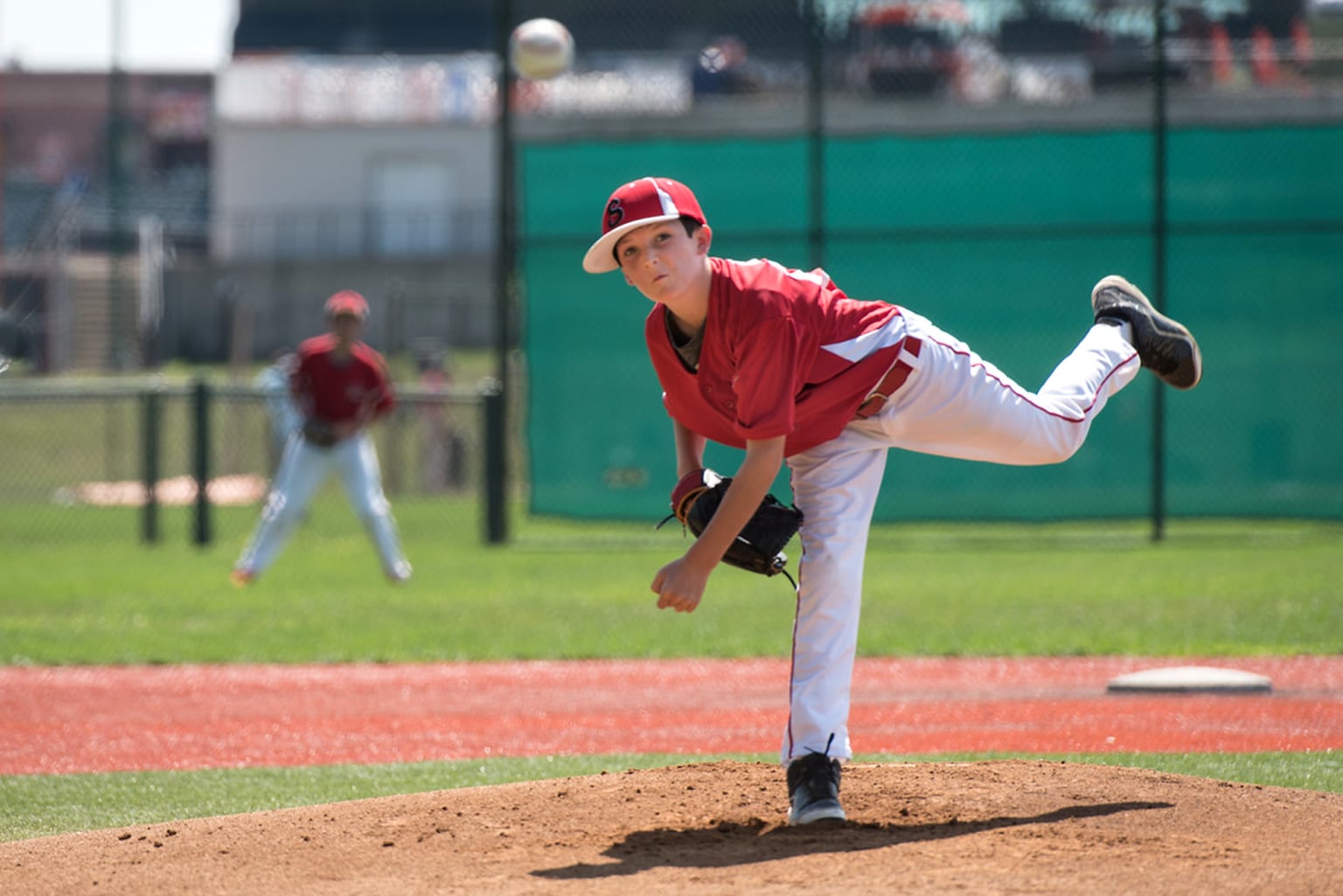
This month, we will explain and outline a manager’s parameters for utilizing a player who could pitch effectively with both arms (ambidextrous). The situation described below is dictated by the thresholds established by Little League Pitch Count Regulation; and is applicable in all divisions of Little League Baseball®.
Situation:
In a Major Division baseball game, a league-age 12-year-old pitcher reaches his maximum pitch count of 85 pitches by striking out the first batter in the third inning. With one out in the third inning, and before the next batter steps into the batter’s box, the team’s manager asks for, and is granted, “time out” by the home plate umpire. The home plate umpire and the opposing manager are under the impression that the defensive manager is about to make a pitching change. Instead, the defense’s manager brings a different fielding glove to the pitcher. He exchanges the pitcher’s right-handed fielding glove for a left-handed fielding glove and asks the plate umpire to allow the current pitcher to have eight (8) warm-up pitches. The defense’s manager explains to the umpire and the opposing manager that the current pitcher is ambidextrous. The home plate umpire explains that pitcher reached his pitch limit for the day and must be replaced on the mound. The defense’s manager responded by explaining that the pitcher can also pitch with his left arm, and it was his intent to have him continue to pitch in the game but now as a left-handed pitcher. The home plate umpire said that the pitch count rule does not allow an ambidextrous pitcher to throw a maximum pitch count using both arms in the same game.
Explanation:
For guidance on this situation, look to Regulation VI – Pitchers and Rule 8.00 -The Pitcher in the current edition of the Little League Baseball® Rulebook and the Little League Rulebook App.
According to Regulation VI(c), the manager must remove the pitcher when said pitcher reaches the limit for his/her age group, but the pitcher may remain in the game at another position. Regulation VI (e-g) explains the importance of understanding the pitch count regulation, and the purpose for designating an official pitch count recorder to track the pitches thrown during a game. Pitch Counts are tied to a player, regardless of which hand they’re using to pitch.
If the team manager(s) is unaware or does not understand a Little League rule, such as described in this situation, it is the responsibility of the home plate umpire to identify the potential violation and remind of the managers of the rule(s)/regulation(s) using Little League terminology.
Additional related information on constitution and bylaws, common rules misconceptions and misinterpreted rules is available on Little League University.